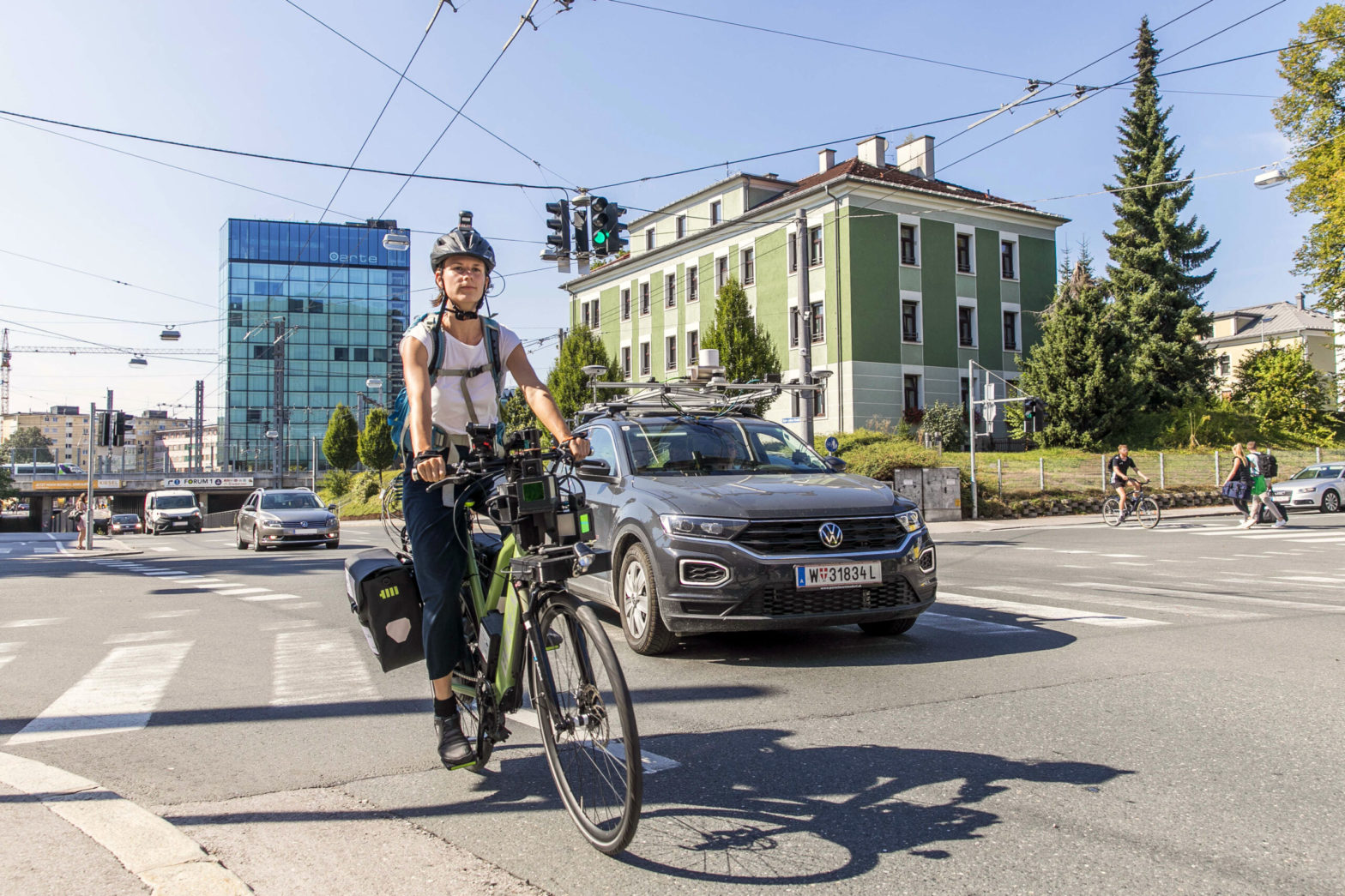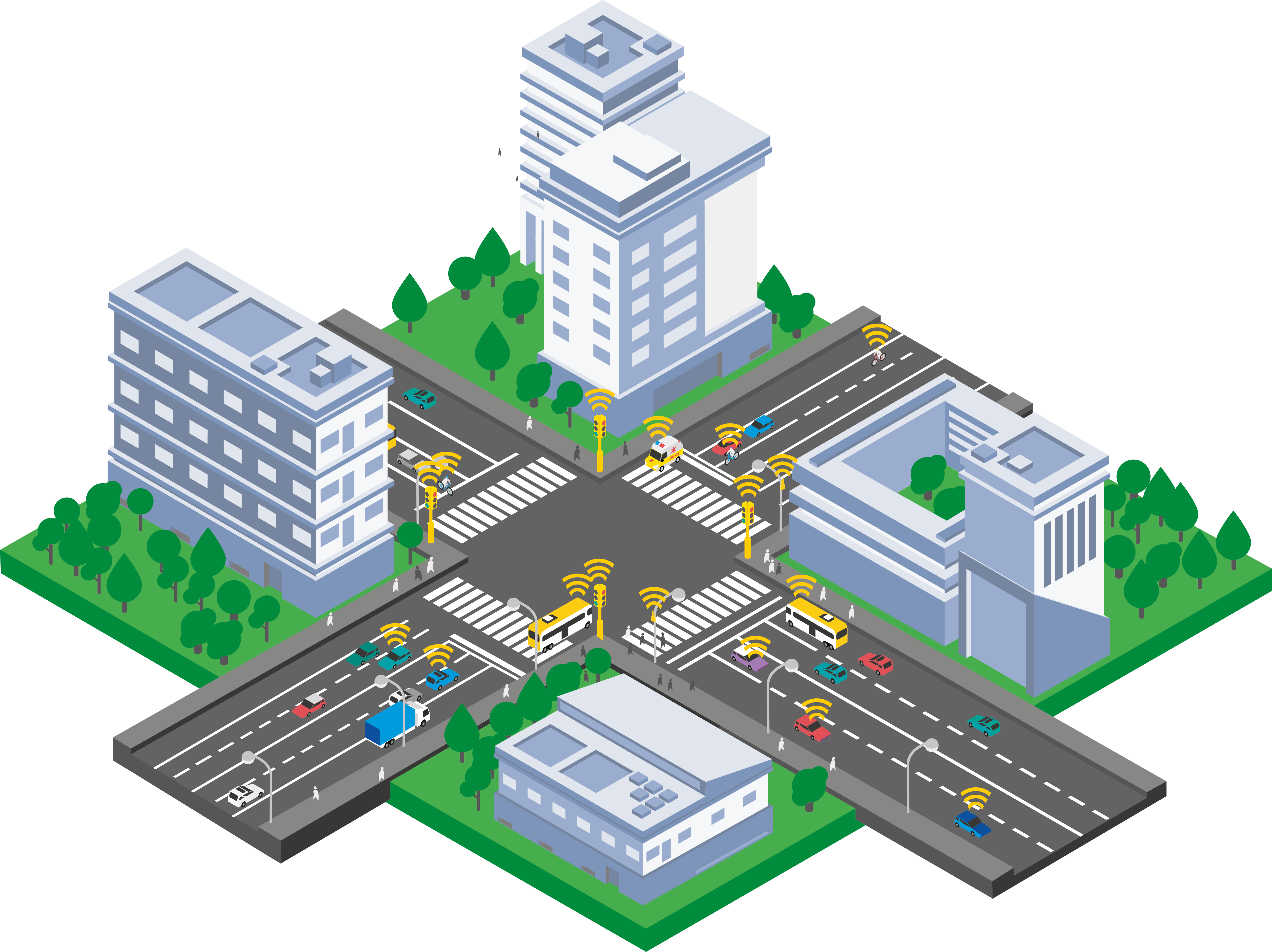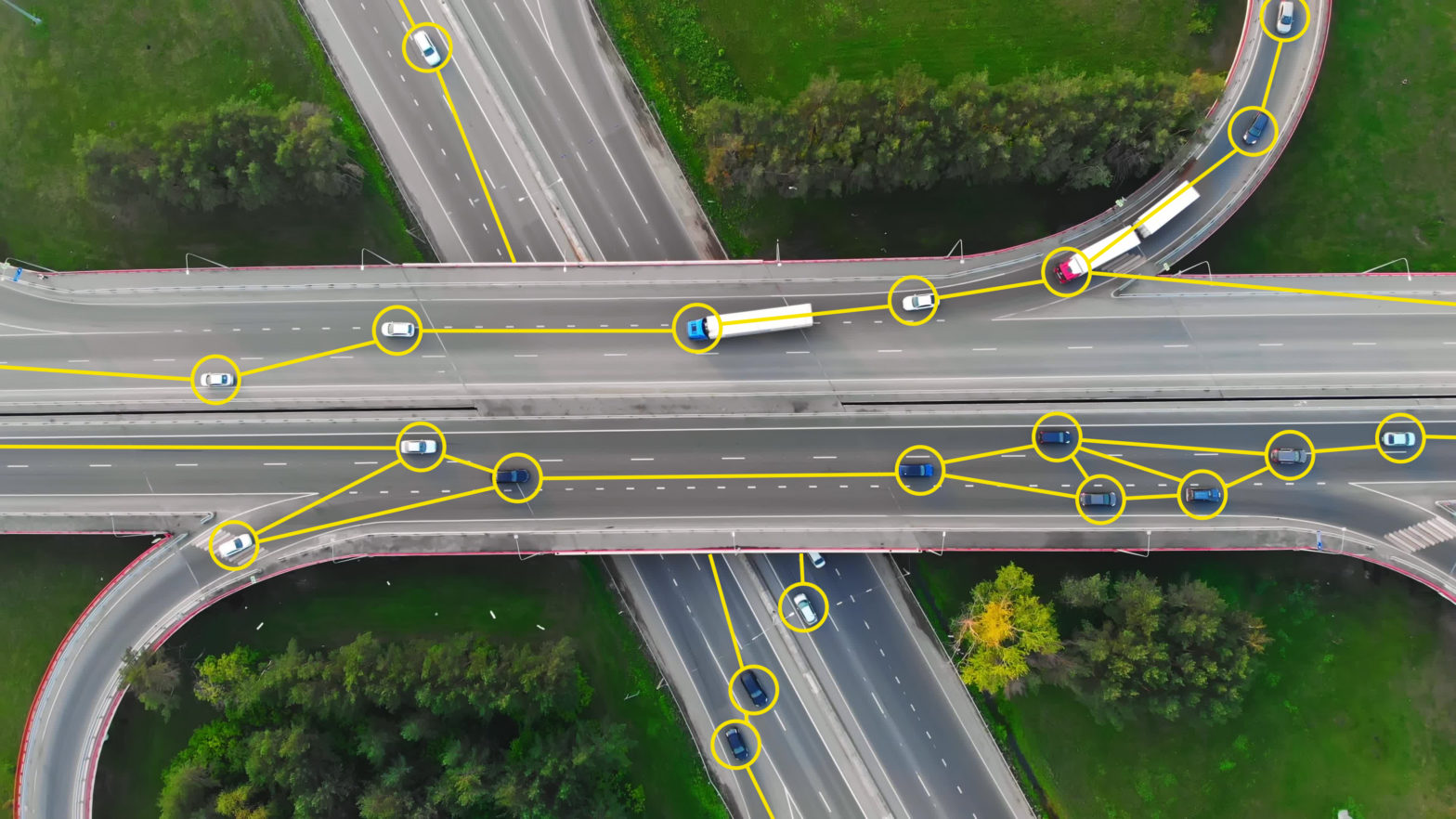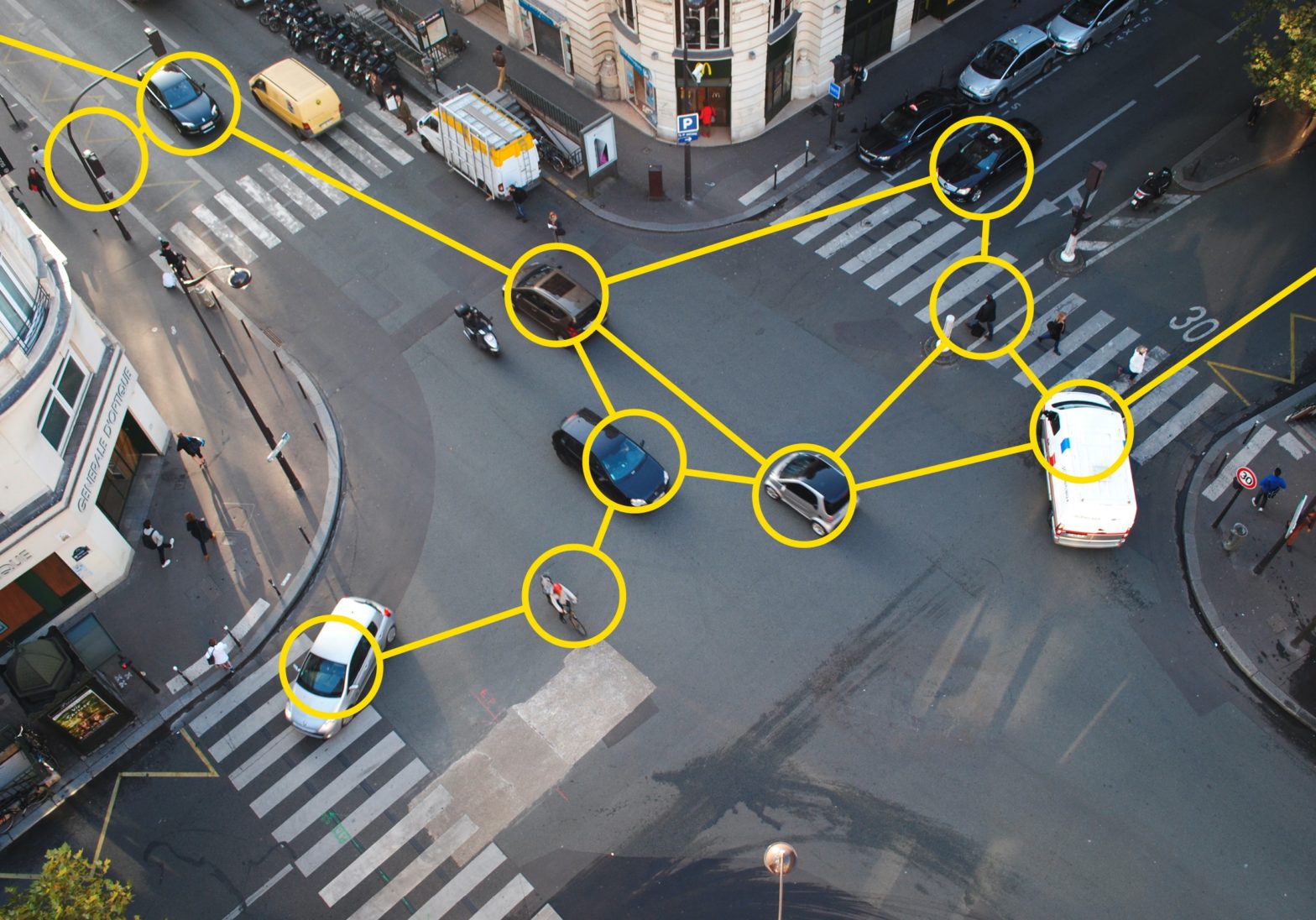
Photo: Bike2CAV
How cities can improve road safety and traffic management by using cooperative ITS
29 January 2024
Urban road safety is a pressing concern for communities, underscored by European Commission statistics of road safety in the European Union from 2021. Within urban areas, the pattern of road traffic fatalities differs significantly from rural roads or highways. Vulnerable road users (VRUs) like pedestrians, cyclists, and powered two-wheelers make up nearly 70 percent of total fatalities, emphasising the need for targeted interventions.
The C-ITS approach
To address this challenge, cities can adopt a three-step approach leveraging technology, says Reem Fahdi, Kapsch TrafficCom VP Solution Consulting EMENA. The first step involves digitising existing road infrastructure with tools like the Kapsch Deep Learning Versatile Platform (DLVP). This platform, a software-as-a-service tool, utilises artificial intelligence (AI) and machine learning algorithms to analyse video streams from existing CCTV cameras, identifying pedestrians, cyclists, and potential collision risks. This enables a proactive approach to safety and connected services.

Once the data is collected, the second step involves analysing it with traffic analytics software to identify accident-prone hotspots, to measure results and validate actions. Kapsch Mobility Data Platforms (MDP) can provide a better decision-making intelligence based on the advanced use of data, complementing existing traffic management systems, helping cities target incident hotspots more effectively.
The third step is to connect with road users using Cooperative Intelligent Transport Systems (C-ITS) technology. This involves informing road users to minimise collisions and enhance traffic management. Cities can utilize C-ITS to communicate directly with vehicles, providing real-time information about potential hazards, emergency vehicles, or road conditions. By integrating this technology, cities can enhance safety measures for vulnerable road users.
Real-world examples
Kapsch TrafficCom has deployed its C-ITS technology in a number of projects around the globe, making traffic safer in cities on multiple continents, says Marko Frank, Kapsch TrafficCom Area Sales Manager.
In Salzburg, Austria, the Bike2CAV project utilised roadside infrastructure for V2X communication and video analysis. The project enhances cyclist safety through cooperative detection of potential collision risks. Traffic cameras equipped with DLVP AI software analysed traffic to issue warnings in fractions of a second. Similarly, in Melbourne, Australia, a Connected Corridor and Intelligent Intersection pilot called Australian Integrated Multimodal EcoSystem (AIMES) demonstrated the use of C-ITS Roadside Units (RSUs) and DLVP to improve road safety by providing real-time traffic information to drivers, cyclists and pedestrians.
The city of Columbus, Ohio, took a comprehensive approach in the Smart Columbus Connected Vehicle Environment (CVE), project. Deploying 100 roadside units, including those from Kapsch TrafficCom, the project integrated data collection and connected vehicle technologies to improve mobility, safety, and efficiency in the transportation network. This involved providing real-time information to drivers about traffic signals, speed limits, and potential alerts, reducing the risk of accidents and optimising traffic flow.
Kapsch TrafficCom has been actively involved in various other C-ITS initiatives globally, showcasing its commitment to advancing intelligent transportation system in projects such as the Austrian and Spanish C-ROADS C-ITS initiatives, the NordicWay projects, the H2M2 corridor for Highways England or most recently in Ireland where we have delivered a C-ITS pilot project called Network Intelligence and Management System (NIMS) for Transport Infrastructure Ireland (TII). There, we not only manage traffic on motorways, but also deploy a large amount of C-ITS equipment to provide C-ITS applications on the TII motorway network in Ireland for managing traffic and enhancing road safety.

Similarly, in Montreal, Canada, Kapsch TrafficCom will address safety and mobility by deploying its C-ITS service suite Orchestrated Connected Corridor with video analytics across 19 intersections of the Notre Dame corridor and in the city centre. The C-ITS service suite uses traffic data from existing video cameras and connected vehicles to provide drivers with real-time notifications about vulnerable road users and traffic authorities with traffic statistics tools. The system in Montreal is aimed at detecting incidents, classifying vehicles, pedestrians & cyclists, wrong-way driving, congestion and other situations that are potentially dangerous.
In conclusion, addressing urban road safety requires a multifaceted approach that combines infrastructure digitisation, data analysis, and effective communication with road users. Implementing these measures can significantly improve road safety, reduce accidents, and enhance overall traffic management in urban areas. Cities have a growing responsibility to address traffic safety, and C-ITS is an effective and proven tool to protect the lives of all road users.
To discover more about cooperative ITS and traffic management features and benefits, or to find out how Kapsch TrafficCom can help you realise your vision for improved safety and traffic management on your roads roadway, visit our website Connected Vehicle (kapsch.net) or contact us today at ktc.experts@kapsch.net











